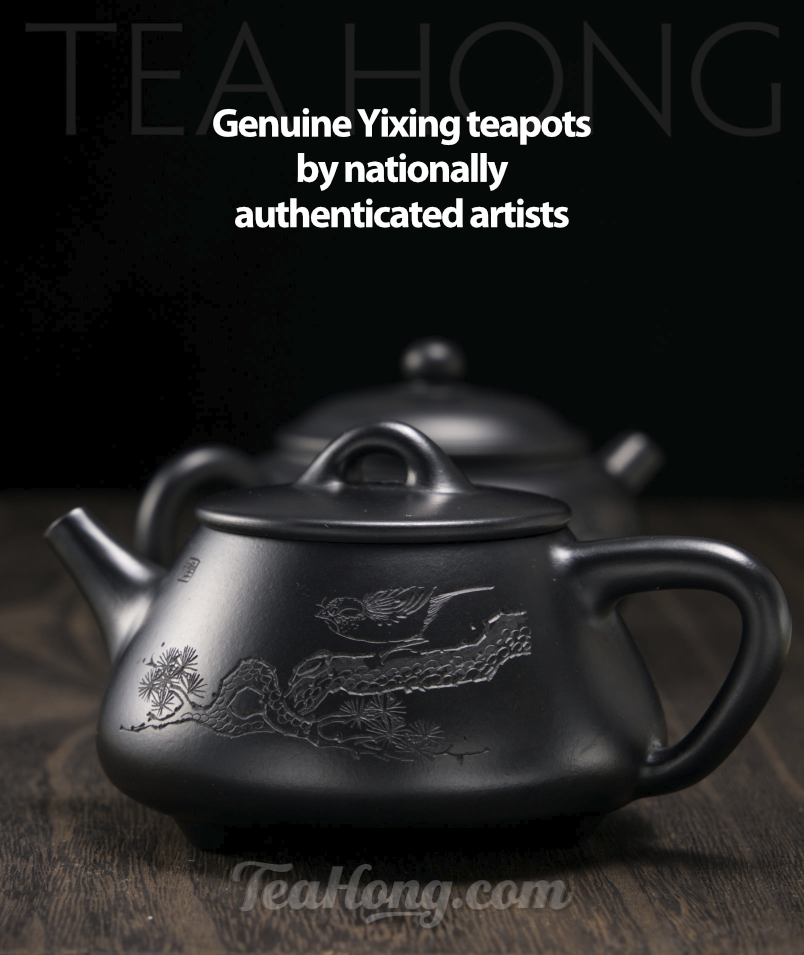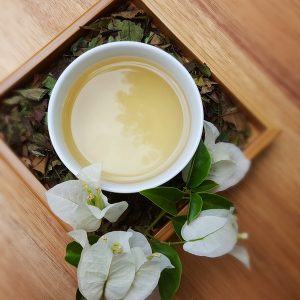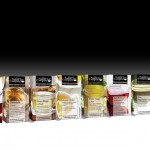Home › Dialogues › Tea Making › Cold Infusion Experiments
- This topic has 8 replies, 5 voices, and was last updated 10 years, 11 months ago by
MEversbergII.
-
AuthorPosts
-
-
2013.05.20 at 9:13 pm #8580
MEversbergII
ParticipantSummer is coming to the land between the two rivers, so I have decided to try experimenting with cold infusion techniques.
Two experiments were conducted: Shu pu the night before last, and Dinggu Dafang last night.Both were done in the same 1.5l glass jug, at a ratio of 1g per 100ml, resulting in 15g of tea used per jug.The Shu pu’er came from a 100g miniature cake I acquired from Yunnan Sourcing, vintage 2010. The Dinggu Dafang is the “Hermitage Deep Roast” sold by TeaHong.The shu pu’er cake was less than appealing when brewed hot. Unlike the three other shu’s I’ve tried of different vintages (including another 2010, itself compressed into little squares), this one was rather weak. Very cheap, though – I get what I pay for, I suppose.The Dinggu Dafang was actually not a favorite of mine hot. It wasn’t that it was bad, rather I don’t think deeply roasted greens appeal to me yet.The pu’er was first blanched, then infused for about 12 hours overnight in the fridge. The result was weak and essentially flavorless. Towards the bottom, in spite of stirring before serving, it gained a little of the “spent leaf” woody flavor that I associate with pu’er that has been exhausted. Basically, not better than plain water, really.The Dinggu Dafang, however, was much more flavorful. It was not, nor can we realistically expect it to be, as strong in flavor as the same tea brewed hot at the same ratio. It was in the fridge for several hours longer than the pu’er, however, because I was at work for a long while today – 19 hours. It held a muted, somewhat watery flavor profile not far off of the tea hot. Less astringent, perhaps a little sweeter.Next time I may increase the ratio to 1.5g:100ml or 2g to 100ml for future infusions. I’ll find myself a smaller jug for those, however, as that would be a considerable amount of tea per jug.Give it a go!M. -
2013.05.20 at 11:47 pm #8740
Betty
ParticipantInfusing puer in cold water does not sound right to me. I think Leo mentioned that the better teas for cold infusion are those with more baking, such as those dark color Tieguanyins.
-
2013.05.21 at 11:01 am #8741
MEversbergII
ParticipantIndeed; I originally selected pu’er because of just how much I had. What I might try to do is brew 1.5l of it western style (500ml at a time!) and see how well that cools.
Regarding the tieguanyin, I think on my next order I’ll get a baked one specifically for this kind of experiment. I expect they should be blanched, but sitting immersed in so much water for so long might not require that.
I hadn’t a chance to make anything last night unfortunately, but tonight I plan to try a different green tea to see how it works out. I predict Zenghe style whites, with something of a stronger flavor, would work alright. Not sure about Fuding, though, as I suspect their subtleties would be lost.
M.
-
2013.05.21 at 11:32 am #8727
Leo
ParticipantGreat to see tea happening for people around here. @ M, one thing about cold infusing puer: it is a microbe-fermented tea, things are likely to be still alive there. It is advisable, even for your experiments, to at least double blanch the leaves before submerging them with cold water. Other than the microbes, puers, whether sheng or shu, are teas that are relatively more laden with humid-evils when drunk cold. I do not advise it unless your area “the land between two rivers” is very dry in summer. Teas that are humid are suitable for people who sweat a lot because of the kind of work they involve in, or for those who live in very dry climate. Green style Tieguanyins and cold puers may well be the two most humid teas.
Here is a page about the land between the two rivers, for your enjoyment: -
2013.05.22 at 10:25 am #8721
MEversbergII
ParticipantWell, this land between the two rivers is a little less ancient 🙂
http://en.wikipedia.org/wiki/St._Mary%27s_County,_Maryland
I remembered I still had some double baked TGY, so I began the infusion last night. I’ll know how well that turned out this evening.
M.
-
2013.05.23 at 11:34 am #8723
MEversbergII
ParticipantThe TGY did very well. Best so far, even. I liked it enough that I am doing it again, reusing the same leaves and infusing it from the time I left this morning to whenever I get home.
M.
-
2013.05.23 at 12:54 pm #8707
Longjing 43
ParticipantBaked tieguanyin is perhaps one of the most suitable one for cold infusion. I am surprised to read your comment about Dinggu Dafang. I seldom do cold infusion using green tea, but am planning to try Dinggu Dafang or Longjing. Maybe I will use a bit more leaves.
-
2013.05.24 at 2:19 pm #8712
MEversbergII
ParticipantIt’s more attractive to me cold than warm, I’ll admit.
M. -
2013.05.27 at 12:47 pm #8714
Amadeus388
ParticipantI think your ice-fire technique makes tea much nicer than cold infusion.
-
-
AuthorPosts
- You must be logged in to reply to this topic.










